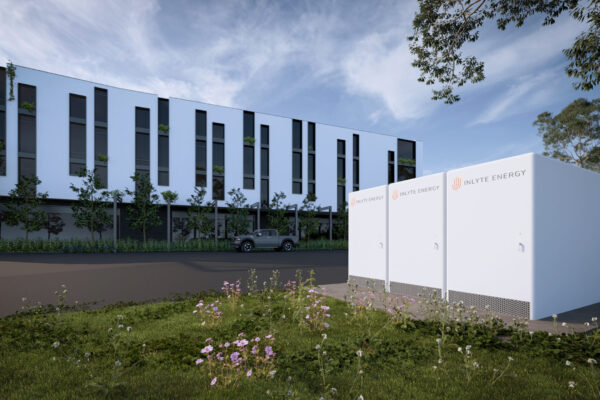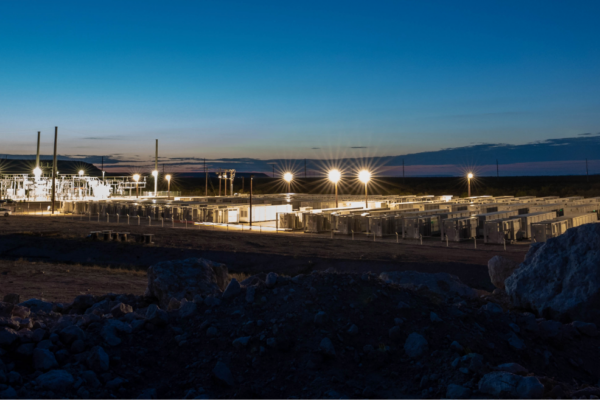Converging during a week-long dialogue on the dynamic landscape of the energy transition, CERAWeek brought together a record 10,000+ participants and 1,100 speakers from over 80 countries this year—maintaining its stature as the renowned global energy summit.
This year’s gathering in Houston served as a nexus for industry leaders, startup innovators, investors, and policymakers to explore the multifaceted challenges and opportunities shaping the future of energy.
At Valo, this was an especially engaging year, with CEOs from five of our portfolio companies—BioSqueeze, Boston Materials, Granular Energy, Modern Hydrogen, and XGS Energy—leading Agora Pod sessions and panels on topics ranging from “Cutting Gas Emissions Without New Infrastructure” to “Hourly Matching for All: Putting 24/7 Clean Energy Within Reach.” In addition, Tony Pan of Modern Hydrogen and Mark Ranalli of BioSqueeze were both named Energy Innovation Pioneers by CERAWeek—a select award given to just seven entrepreneurs.
Unpacking the theme of “Multidimensional Energy Transition: Markets, climate, technology, and geopolitics,” we have synthesized the following reflections on the most relevant technologies and trends.
1) Geothermal: The hottest topic of the week
Geothermal energy emerged as a focal point at CERAWeek ’24, drawing significant attention compared to the previous year’s discussions.
Secretary of Energy Jennifer Granholm’s announcement of the DOE’s “Pathways to Commercial Liftoff” report on geothermal during the conference’s inaugural day set the stage for intensified discourse. Numerous panels and pod presentations hosted by the Innovation Agora track further underscored the importance and emergence of this cost-competitive, carbon-free, firm energy source. It bridges the two sides of the CERAWeek house that are literally connected by a walking bridge: the energy incumbents and the emerging technology startups.
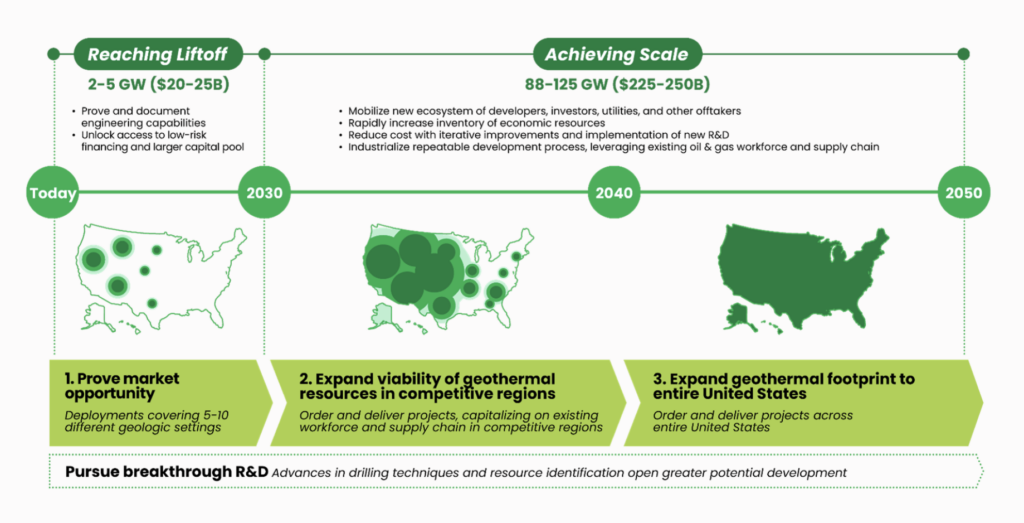
Notably, emerging carbon-free startups and traditional oil and gas players want to collaborate to share resources such as talent, drilling capabilities, subsurface mapping, abandoned O&G wells, and other technical expertise. This collaborative spirit extended up to the conference’s executive-level discussions, signaling a heightened industry interest in this carbon-free, firm energy source.
Geothermal’s allure stems from its potential for a seamless transition from conventional oil and gas practices, coupled with its cost efficiencies and more immediate implementation timelines. This synergy between established incumbents and innovative startups bodes well for the future of geothermal energy adoption and development.
2) Fusion: A positive asymmetry worth your attention
The landscape of fusion energy companies has seen significant development, with over 40 fusion companies attracting $6 billion in capital in recent years. Even if they don’t achieve the stated timetable of power on the grid by the mid-2030s, commercial fusion power plants are being planned, and the asymmetry of what they deliver warrants paying attention to the pace, scale and rate of change of their development milestones.
These ventures are accelerating commercialization by deploying the following strategies and tactics:
- Attracting talent from various adjacent industries, such as AI simulation, materials science, power electronics, aerospace and commercial power plants
- Pulling forward design and optimization tools, engineering know-how, and laser advancements from past development cycles that had been dormant for years
- Utilizing AI to expedite materials discovery and performance progress
Bob Mumgaard, Co-Founder and CEO of Commonwealth Fusion Systems, underscored their innovative thin “tape” composition, their resilience to supply chain disruptions, and their potential to repurpose retired coal plant sites for fusion energy production. In addition, their SPARC pilot plant in Devens, MA will be producing power in 18 months and boasting a competitive levelized cost of energy (LCOE) that could be a viable alternative for data centers and utilities.
3) The Grid: Growth through capacity management
As the pressure to reduce emissions grows, demand for power is also growing, resulting in a strain on the grid in many parts of the US. It’s crucial that we not only increase capacity but also do a better job managing existing assets.
Building more transmission lines is a key piece of increasing grid capacity, with DOE estimates putting transmission needs for a decarbonized grid scenario at three times their existing level by 2035. While that metric will be hard to meet, using more sophisticated computing at the grid’s edge and better managing grid assets could help solve some of the impending challenges.
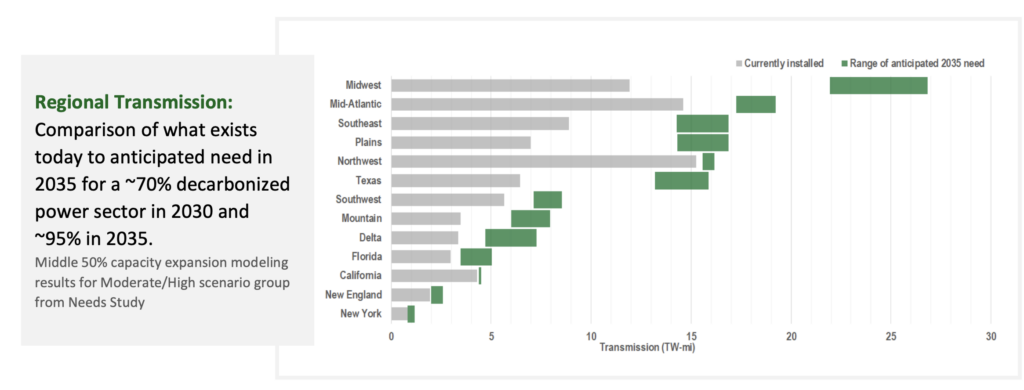
As an example, NRG Energy, with its 8 million residential customers, is working to increase grid capacity with better management tools. For starters, they spent $250 million on equipment maintenance last year to help address the unpredictability of supply, demand, and weather. The company also developed its own renewable forecasting tool, launched smart home services and increased its demand response participation. Additionally, the implementation of Virtual Power Plants (VPPs) enhances asset management efficiency as a proactive approach towards grid stability and resilience.
The increasing presence of generation assets, storage assets, and computing power at the grid edge, coupled with the rise in volatile weather patterns and growing power demand, underscores the importance of leveraging these resources for grid orchestration and optimization.
4) Carbon-free power: Making 24×7 a reality
From big tech to manufacturing and beyond, companies are actively working to lower their carbon footprints. In fact, total corporate commitments to carbon-free power now equal the power demand of the world’s 10th largest country (France), and clean energy certificates are already a $10 billion market.
To achieve comprehensive grid decarbonization, precise time-and-location-matched electricity production around the clock is essential. This type of certified carbon-free power boosts trust and transparency in energy attribution, underpinning the credibility of corporate net-zero claims.
Valo portfolio company, Granular Energy, presented at CERAWeek on its software platform that automates and optimizes this carbon-free electricity system. Their technology delivers certificate management and allocation as well as the sourcing and trading of certificate portfolios. Unlike traditional power purchase agreements (PPAs), Granular’s end-to-end certificate management platform creates transparency for energy suppliers, brokers, traders, and market participants to allocate clean electricity to customers geographically and temporally across all assets with hourly or sub-hourly granularity.
By increasing the fidelity, reliability, and penetration of time-stamped energy certificates, Granular Energy sends high-precision price signals to the grid to boost decarbonization, while providing reliable verification for the generation and consumption of carbon-free electricity.
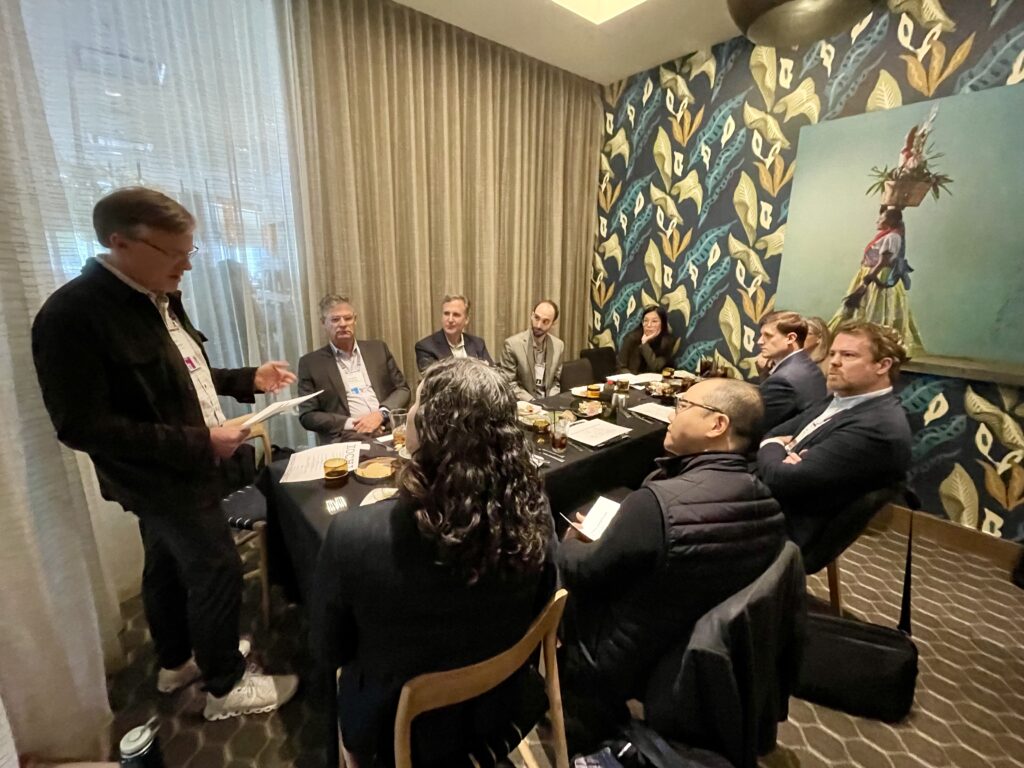
5) Methane reduction: A powerful and immediate lever
On March 4, 2024, EDF announced the launch of MethaneSat, a satellite that will measure methane pollution from oil and gas facilities worldwide, with both broad scope and exacting precision. In a special session at CERAWeek, EDF President Fred Krupp offered more detail on how the high-resolution coverage of methane emissions beats anything else in orbit or even on the drawing board today. Their satellite can also measure surface-level methane emissions from other major sources, such as landfills and agriculture. As a public data source, MethaneSat gives industry, investors, and regulators an essential tool to spot problem areas, identify reductions and measure progress in reducing emissions.
At Valo, our methane thesis is rooted in the reality that preventing methane emissions is one of the most powerful levers to slow climate change, especially considering the time value of emissions and how a reduction today is more valuable than a reduction tomorrow. Because methane’s 20-year warming potential is more than 80 times that of carbon dioxide, even small mitigations can have significant impacts.
Valo portfolio company BioSqueeze presented at CERAWeek, showcasing their novel biomineralization process that seals methane-leaking cracks in plugged and abandoned oil and gas wells. Their potential mitigation is significant, as the EPA estimates that abandoned O&G wells in the United States alone emit about 295,000 tons of methane each year, the 20-year equivalent of 24.78 million tons of carbon dioxide.
6) AI: It’s both the problem and the solution
The proliferation of data has reached unprecedented levels, surpassing the capacity for human management, as exemplified by AWS now handling exabytes of data in their datasets.
Canary Media forecasts that data centers will grow from 2.5% of total U.S. electricity demand today to 7.5% by 2030, thanks to the exploding demand for AI to help manage and optimize this abundance of data. As Dak Liyanearachchi, Chief Data Officer at NRG Energy noted,
“Three months ago people weren’t even talking about the data center increasing demand for power, and now it’s all we’re talking about!”

But selling into utilities remains time-consuming and difficult. And despite energy’s significant complexity that makes it an ideal application for AI, the sector lags behind other industries in harnessing the power of AI, according to Accenture. AI startups are emerging to align energy generation and consumption, perform predictive maintenance, increase asset monetization, and optimize grid scenario planning. But they face go-to-market challenges and slow sales cycles. So we must accelerate their adoption and harness their ability to not only reduce energy demand but also increase energy capacity. Throughout the conference, some even argued that AI is mandatory for grid management in particular.
Several panels suggested two specific strategies for AI startups to overcome these go-to-market hurdles:
- Focused applications that deliver measurable, immediate ROI
- Partnerships with trusted incumbents who can lend credibility to a startup
An example of the first approach was a use case where AI could anticipate failures in turbines—and avert an average of 2.5 failures per turbine annually. This increase in uptime drops directly to the bottom line of the wind farm operator, delivering a very clear ROI. An example of the second approach was Utilidata’s data partnership with Microsoft, where their support for the startup lends credibility on data security and helps Utilidata expedite its sales process with utilities.
We now have billions of heterogeneous end points of generation and consumption, intermittent renewables, more extreme weather, and growing demand for power—making the dynamics of our grid unprecedented. This mandates improved edge computing and hyper-efficient decision-making based on this inordinate amount of complex data—a task in which AI can excel.
7) Walter Isaacson: Geniuses share a common thread
The renowned biographer, Walter Isaacson, took the stage on the last afternoon, rewarding those who stayed until the very end of the week-long, jam-packed conference. He spoke about his latest book on Elon Musk, which he crafted after shadowing him nearly every day for over two years.
He characterized Musk as a brilliant genius with the greatest intelligence on material science of anyone he had ever met. But he also questioned his level of emotional intelligence and excessive social media presence.

What’s common across the people he profiles—from Leonardo da Vinci to Steve Jobs—is that they almost all have an intensity that creates a very singular focus that can overwhelm their empathy genes. “Even the best are molded out of faults,” as Shakespeare said and Isaacson reminded us. And yet those faults are part and parcel of what enables innovators to shoot rockets to Mars and conjure up entirely new sectors in our economy. Everyone makes tradeoffs and Isaacson strives to characterize them so that we can all learn from them.
The author loves science and technology, and previewed that his next book will be on Marie Curie because her science is so breakthrough and underrated. She secretly went to university in Poland when women weren’t allowed at the Sorbonne, and operated at the intersection of physics and chemistry.
When asked what the defining issue of our time is, he said it’s political polarization. Because we’re so divided and unable to debate from a common set of facts, we can’t rally together to address all of the other defining issues. Isaacson emphasized the critical inflection point we’re at with AI, as it can exacerbate polarization with improper use. As a society, we must instead ensure that AI helps us create a common pool of information and better manage that information for our collective good.
This was wise counsel to conclude on, as we work to scale technologies that transition us to a low-carbon economy.

